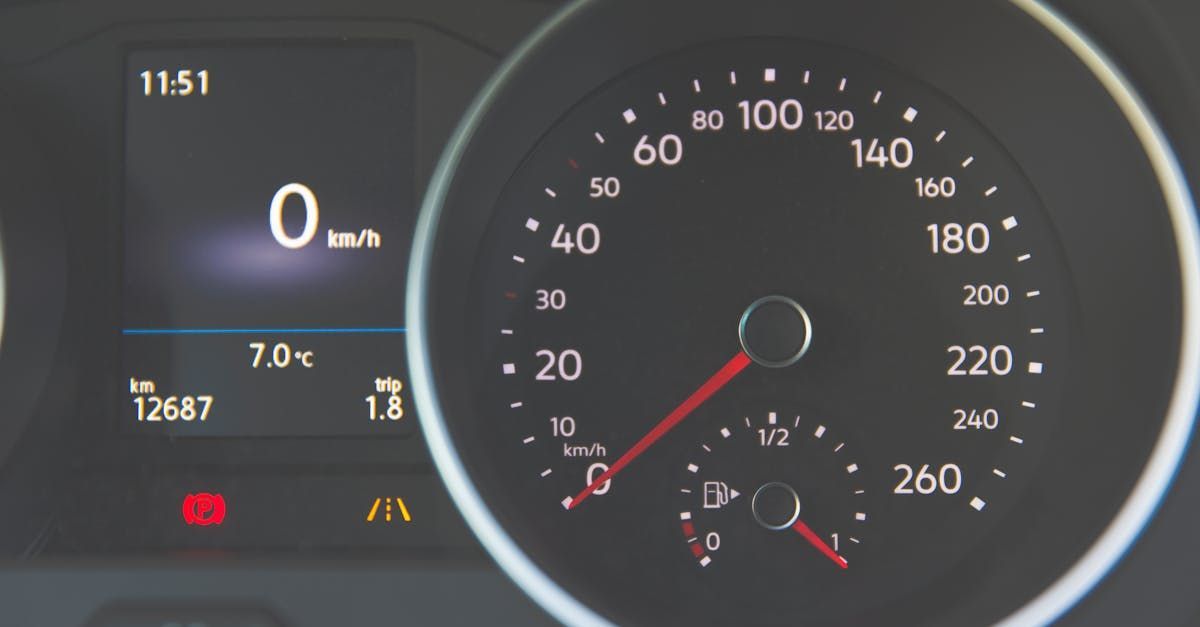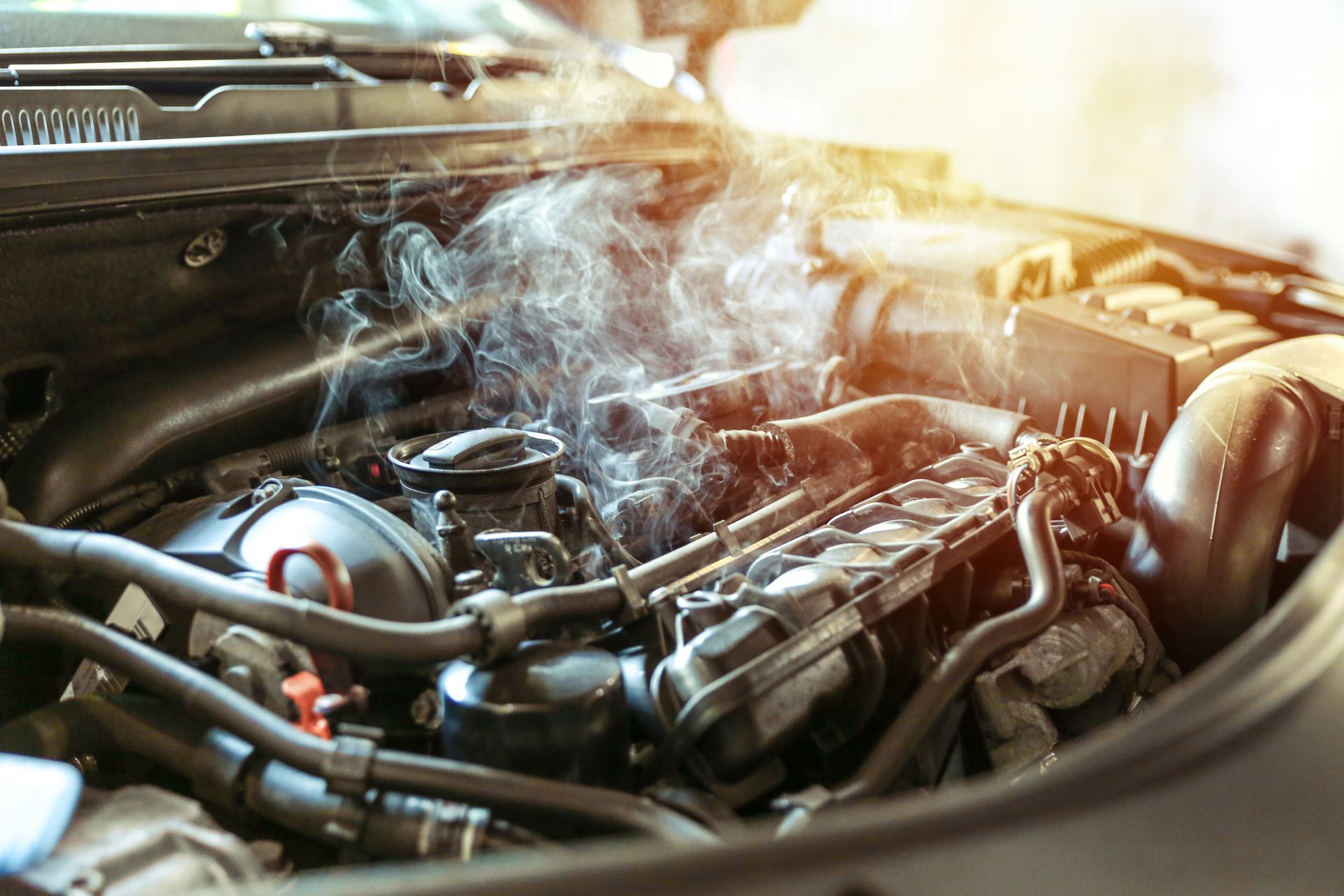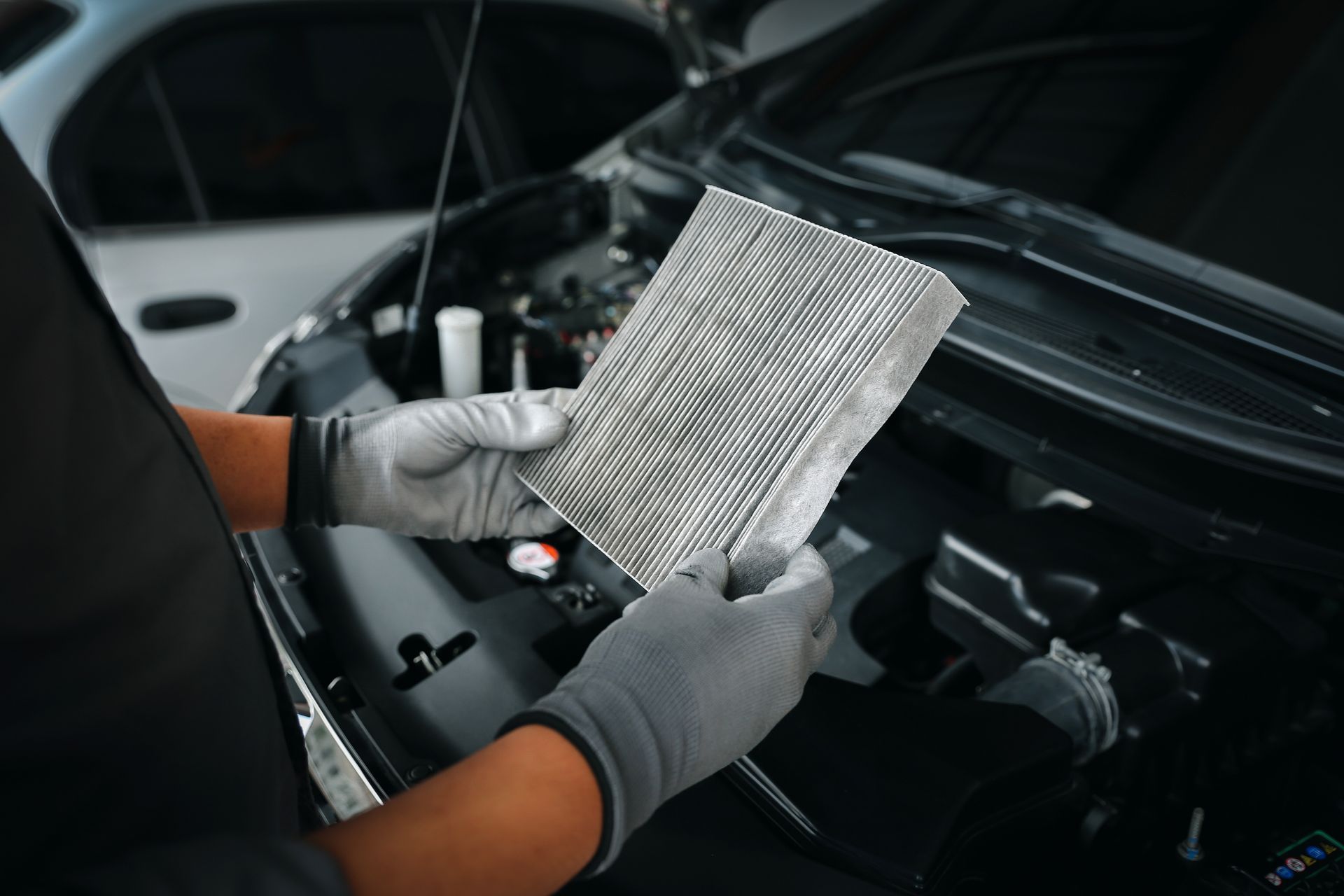Hybrid cars 101: A Compromise between new and old technology
Hybrid cars are an eco-friendly compromise between the gas-powered combustion engine most people drive and the electric motor of a full-electric car. This combination of motors is not only more fuel economical, the process creates less CO2 emissions.
But with multiple engines, how does it work?
Look, Ma! No Plug!
Unlike a fully electric vehicle, you do not plug in a hybrid to charge the electric motor. Instead, it’s charged through regenerative braking and the combustion engine. The regenerative braking transforms kinetic energy produced by the movement of the car into electrical energy that is stored in the traction battery via the electric generator.
Together & Separately: How the Motors Work
One of the coolest parts of a hybrid car is that the separate motors can work together or independently (for the most part). For example:
When you go forward from a stop, the electric motor engages until the vehicle reaches about 15mph. It pulls electricity from the battery to move the vehicle.
After 15 mph, it changes over to the combustion engine, since that is more efficient for cruising speeds. This is also how electricity is converted to charge the battery.
When acceleration is necessary, the engines work together and the power-split transmission combines the torque generated by both the engine and the motor, and the engine powers the generator. The motor can use electricity from either the battery or generator as necessary.
When the brakes are used, and they release the pressure from the pedal, regenerative braking comes into play. Since the vehicle is decelerating, there is no need to run the engine or the motor, so the wheels power the generator, which in turn produces the electricity that is stored in the battery.
A complete stop means that both the engine and motor turn off, leaving the auxiliary systems–lights, radio, heating/cooling, etc.–to be run solely on the power stored in the battery.
Eco-Friendly Wave of the Future?
With better gas mileage, and significant fuel cost savings, it’s no surprise that these models are growing more popular as fuel prices continue to rise in the US. The significantly lower CO2 emissions are a wonderful bonus.
Do you have a hybrid? Do you want one?
The post Hybrid cars 101: A Compromise between new and old technology appeared first on Phil's Pro Auto Service.











